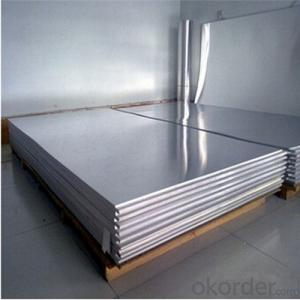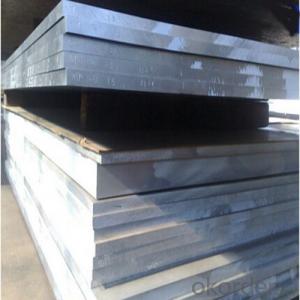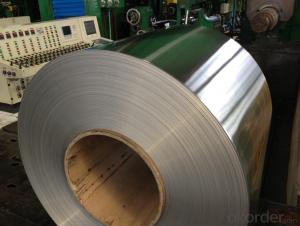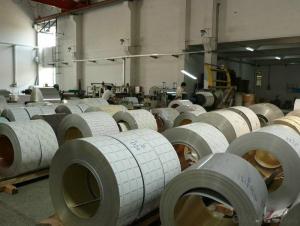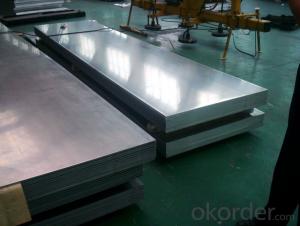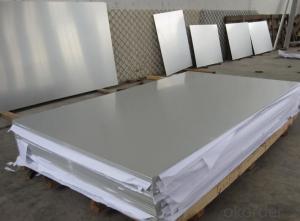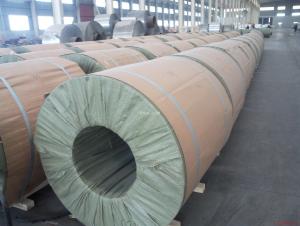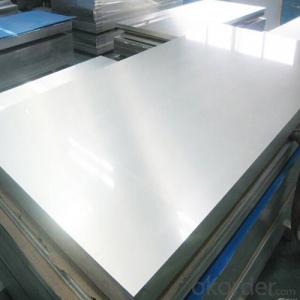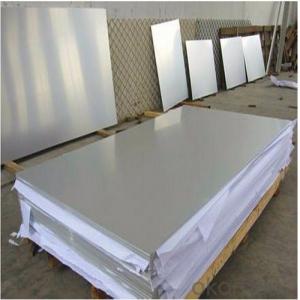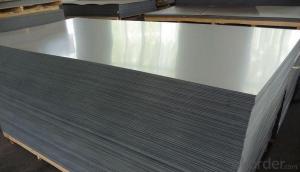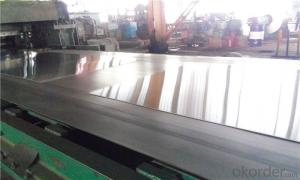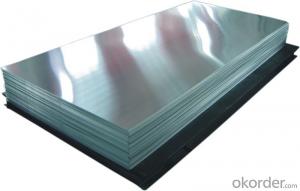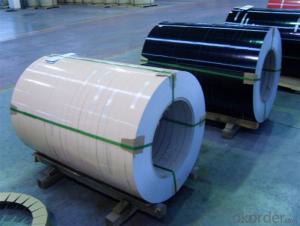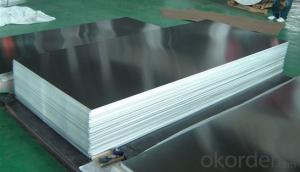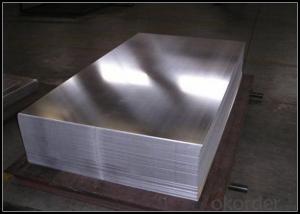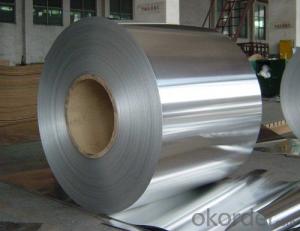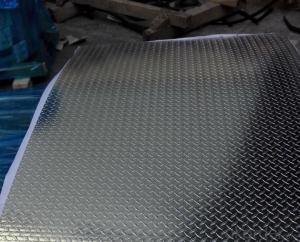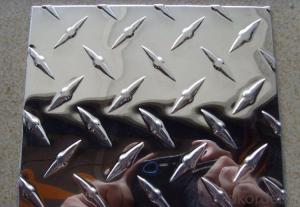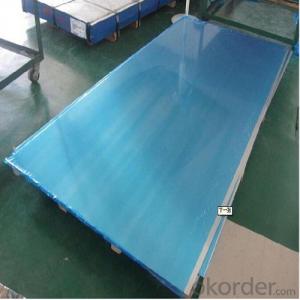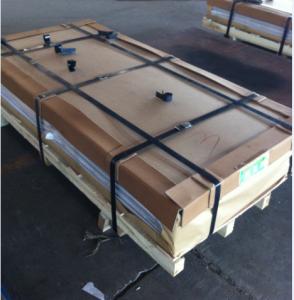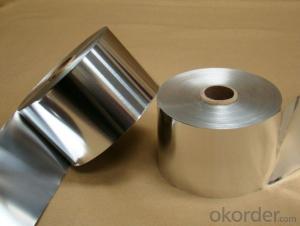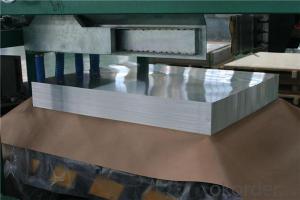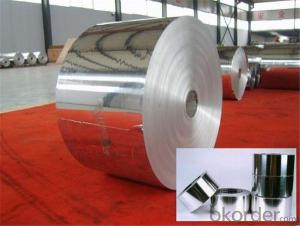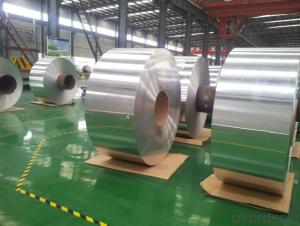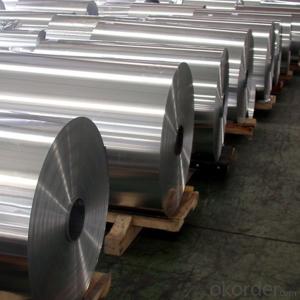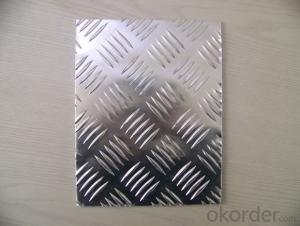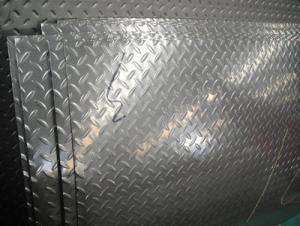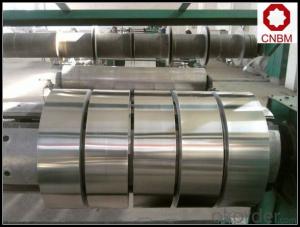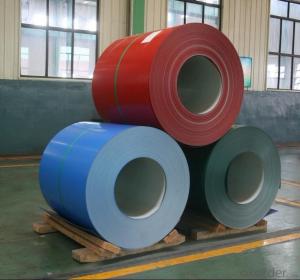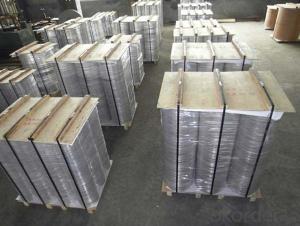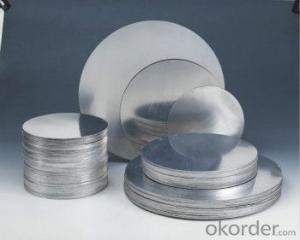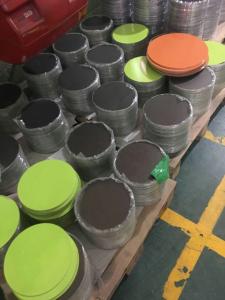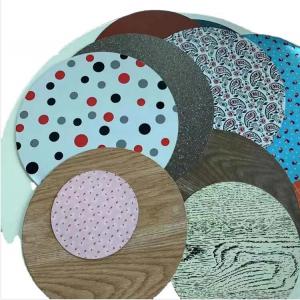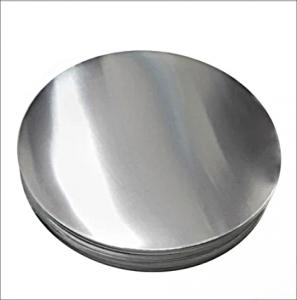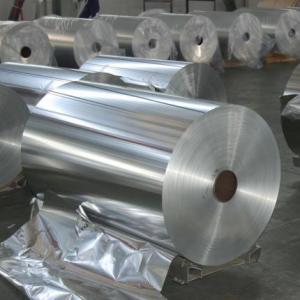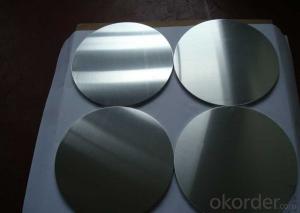5083 0 Aluminum Plate
5083 0 Aluminum Plate Related Searches
5083 Cast Aluminum Plate 5083 Aluminum Armor Plate 5052 0 Aluminum Plate 5086 Aluminum Plate 5083 Aluminum Plate Supplier 5083 H116 Aluminum Plate 5083 H32 Aluminum Plate 5083-H116 Aluminum Plate 5083-H32 Aluminum Plate 5083 Aluminum Plate Prices 5083-H321 Aluminum Plate 5083 H321 Aluminum Plate 5086 H32 Aluminum Plate 0.5 Aluminum Plate 5086 H116 Aluminum Plate 5086-H116 Aluminum Plate 5052 Aluminum Plate 5086 Aluminum Plate Suppliers 5005 Aluminum Plate 5086 Aluminum Plate Prices 5754 Aluminum Plate 1/4 5052 Aluminum Plate 5454 Aluminum Plate 6061 0 Aluminum Plate 1050 Aluminum Plate 1060 Aluminum Plate 5 8 Aluminum Plate 5000 Series Aluminum Plate 5086 Aluminum Plate Distributors 5052 H32 Aluminum Plate5083 0 Aluminum Plate Supplier & Manufacturer from China
5083 0 Aluminum Plate, a widely recognized alloy in the aluminum industry, is known for its excellent corrosion resistance and weldability. This product is made from high-quality aluminum and is carefully processed to ensure its durability and performance. It is commonly used in various industries, such as marine applications, transportation, and construction, where its lightweight and strength are highly valued. The 5083 0 Aluminum Plate is also favored for its ability to maintain its structural integrity in extreme weather conditions and its resistance to saltwater corrosion.In terms of usage, the 5083 0 Aluminum Plate is ideal for applications that require both strength and light weight, such as in the manufacturing of boat hulls, shipbuilding, and automotive parts. Its superior corrosion resistance makes it a popular choice for components that are exposed to harsh environments, including outdoor structures and equipment. The versatility of this product allows it to be used in a broad range of applications, from architectural facades to industrial machinery components.
Okorder.com is a reputable wholesale supplier of 5083 0 Aluminum Plate, offering a vast inventory to cater to the diverse needs of clients across different industries. With a commitment to quality and customer satisfaction, Okorder.com ensures that the 5083 0 Aluminum Plate supplied meets the highest standards of the aluminum industry. This makes Okorder.com a reliable source for businesses looking to incorporate this high-performance material into their products or projects.
Hot Products
